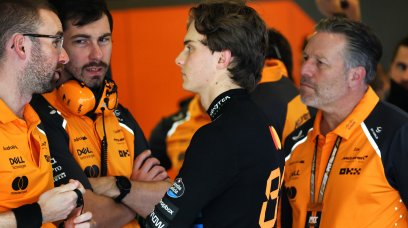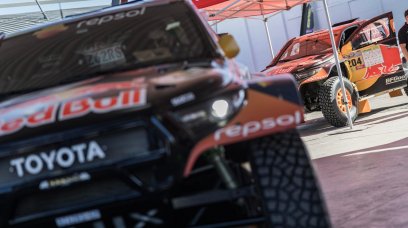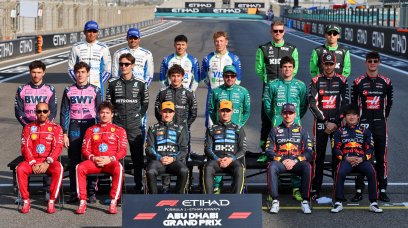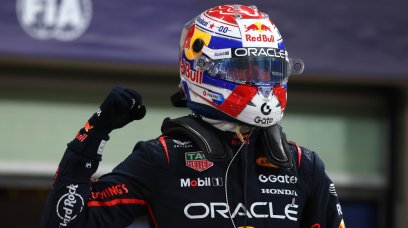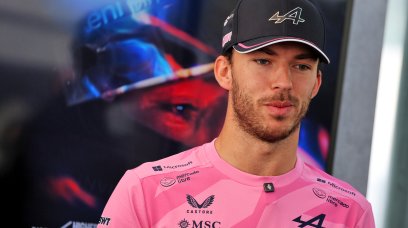The 1973 Canadian Grand Prix at Mosport Park was the setting for one of the most unusual races in F1 history. It was the 14th and penultimate race of the 1973 World Championship, which had already been wrapped up by Jackie Stewart. However, the battle for the Constructors' Championship was still wide open between Tyrrell and Lotus. Torrential rain at the beginning of the race allowed some previously unheralded drivers the chance to shine, with a young Niki Lauda notably taking the lead on Lap 3 having started eighth on the grid in his BRM P160. Eventually, the rain let up, prompting many drivers to pit for slick tyres. However, in the days before mid-race tyre changes were commonplace, this caused a considerable amount of chaos and commotion in the pit lane, with stops of over 30 seconds not unheard of.
An historic - and confusing - Safety Car deployment
To make matters worse, Jody Scheckter's McLaren and the Tyrrell of Francois Cevert collided on Lap 32, taking both out of the race and blocking the circuit in the process. With a breakdown truck on the circuit to clear the debris, organisers made the decision to deploy the Safety Car, a yellow Porsche 914, which would pick up the race leader and neutralise the contest, with all the drivers obliged to follow in order without overtaking until the hazard had been cleared. However, in the days before electronic timing, and with the pit stops having caused considerable confusion, no one was sure who was in the lead. Safety Car driver Eppie Wietzes thus stationed himself in front of Howden Ganley, who was anything but the race leader. Some drivers ahead of Ganley thus managed to escape the Safety Car and joined the back of the queue with almost a lap advantage over the rest. Nobody now knew who was really in the lead, but when the Safety Car returned to the pits, and the last 45 laps were run, it was Ganley who took the chequered flag. Nobody agreed on who had won the race. Some thought Emerson Fittipaldi was victorious, while others claimed Jackie Oliver or Peter Revson should be declared the winner. All the teams then came together to study and compare their handwritten data. After much deliberation, it was revealed that some drivers had driven a lap more than the rest, having escaped the Safety Car in all the chaos. In the end, it was Revson who was credited with the victory. Fittipaldi was second, and Oliver third. Following its tumultuous introduction, F1 would not see the deployment of the Safety Car again for almost 20 years, at the 1993 Brazilian Grand Prix, since when it has become a regular fixture at Grand Prix weekends.
Most read
